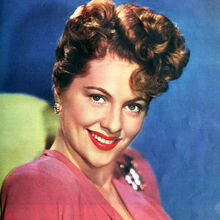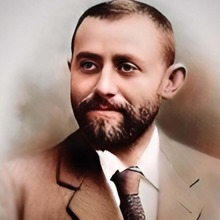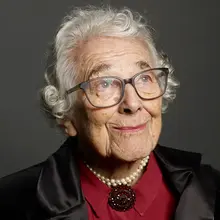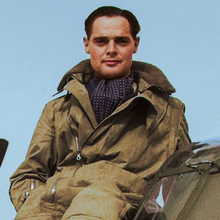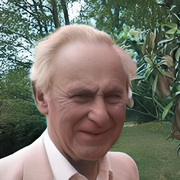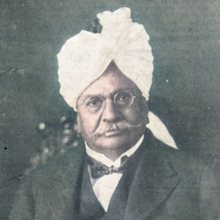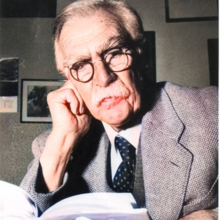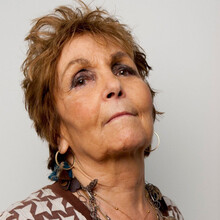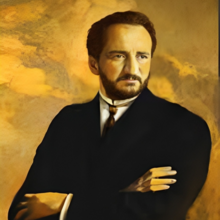
Personal
Other names:
Job / Known for:
Inventor and engineer of the mechanical television
Left traces:
True
Born
Date:
1888-08-13
Location:
GB
Helensburgh, Dunbartonshire, Scotland
Died
Date:
1946-06-14 (aged 58)
Resting place:
GB
Death Cause:
Stroke
Family
Spouse:
Margaret Albu (married 1931-1946)
Children:
Malcolm (1935-2001), Diana (1932-2014)
Parent(s):
John Baird (father), Jessie Morrison Inglis (mother)
QR Code:
Show More
Rank
Users ranking to :
Thanks, you rate star
Ranking
5.0
1
Fullname
John Logie Baird
Slogan
The true way of dividing the day is by the Sunbut must increase or decrease according to the season.
About me / Bio:
Show More
Article for John Logie Baird
Died profile like John Logie Baird
Comments:

